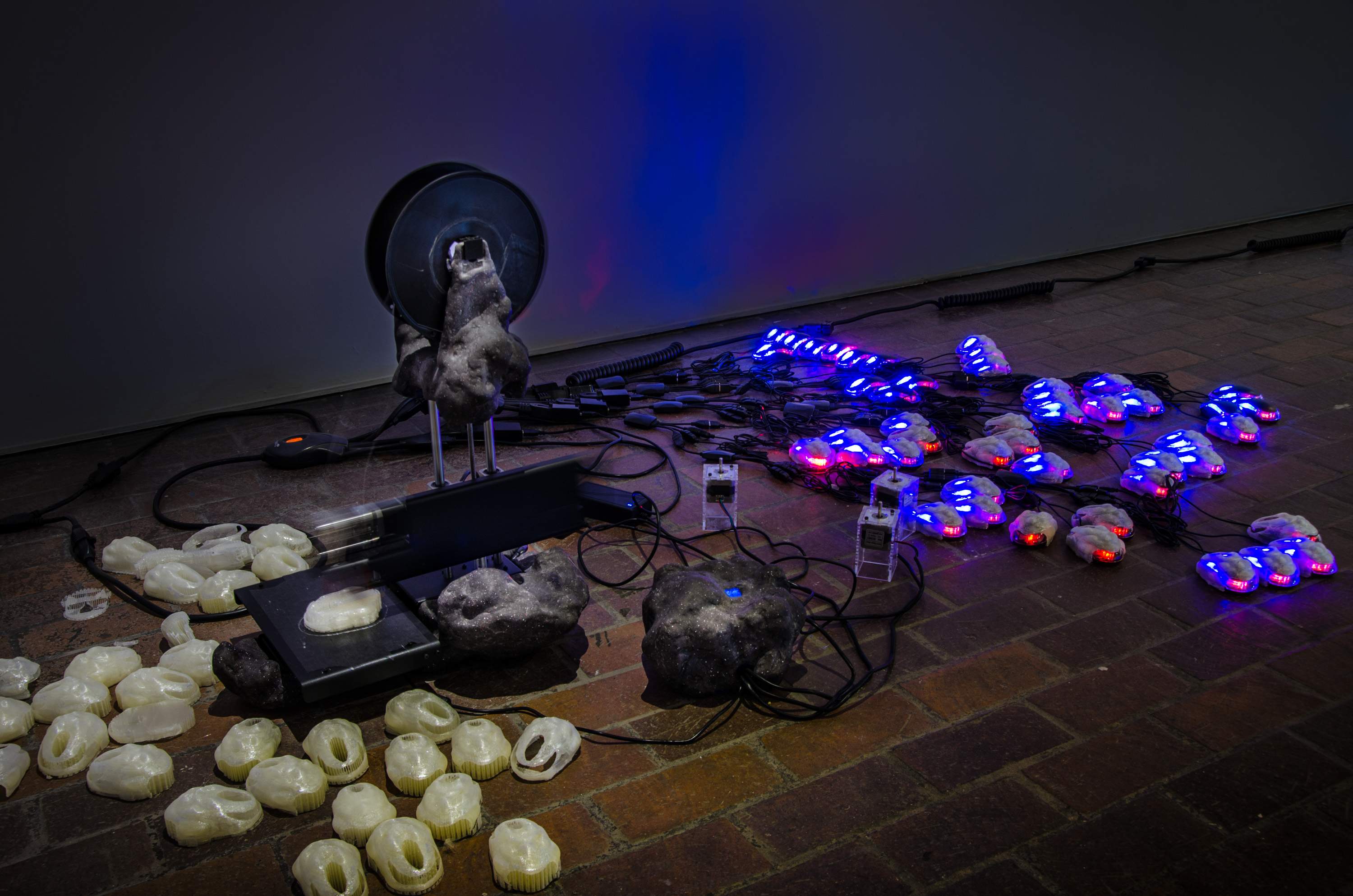Director: Arsen A. Ostojic
Cast: Alma Prica, Olga Pakalovic, Mijo Jurisic
Croatia, Slovenia, Bosnia and Herzegovina, 2013, 93’ color
Bosnian, Croatian with Turkish subtitles
Halima’s Path tells the tragic but inspiring story of a good-natured woman Halima who tries, without success, to identify the remains of her son who was killed in the Bosnian War and buried in one of the many mass graves. She refuses to give blood for DNA analysis, hiding the fact that her son was secretly adopted and is not her biological son. She realizes that the only solution to finally find her son’s remains is to track down his biological mother who has not been seen for more than 20 years. But soon after finding her, a sequence of tragic events spirals out of control, with unexpected results.
Trailer

He had imagined the court room as a big place. It wasn’t. It was about the size of his living room, with an elevation at one end, with a dais on it. The judges and the attorneys sat there. Below it was an old wooden rail, worn out in some places. That was his place. There was another seat for his lawyer. At the back, about 20 or 30 chairs were stowed out for the non-existent crowd.
Tuesday - Saturday 10:00 - 19:00
Friday 10:00 - 22:00
Sunday 12:00 - 18:00
The museum is closed on Mondays.
On Wednesdays, the students can
visit the museum free of admission.
Full ticket: 300 TL
Discounted: 150 TL
Groups: 200 TL (minimum 10 people)